
Modern Classic
Max Richter recomposed Vivaldi’s Four Seasons at the note level, breathing life back into the venerated hold music with a dab of electronic influence.
Hold music, elevators, shopping centres, and hotel lobbies have all spoilt Vivaldi’s Four Seasons; cursing it to a fate of playing on repeat as the world’s never-ending background concerto. Like a viral hit, it’s been overplayed, but for centuries, not days. Memorable, yes, but remarkable? Well, it’s lost its lustre for many.
Enter Max Richter. The wunderkind composer who was asked — as part of the Deutsche Grammophon Recomposed series where current composers tinker with past work — to rework Vivaldi’s Four Seasons. While his predecessors in the series have been taking more of a remix path using recordings out of the Deutsche Grammophon vault, Richter went straight to the note level and recomposed from the score. “Composers have always worked with pre-existing material to some extent,” explained Richter. “As composers, we’re music fans first. All music fans like to talk about other music, composers do that by working with other music. Vivaldi did it, Bach recomposed Vivaldi, and Handel borrowed stuff from everywhere. Everyone does it all the time. And equally, within rock and pop music culture there’s a continuous recycling going on. It’s just one of the things that music does. This is my first step into that process… in an upfront way, anyway.”
To some, it’s instant sacrilege. To others, it’s a stroke of genius. Either way, taking on such a definitive work is definitely bold. But helping out were celebrated violinist Daniel Hope, playing a Stradivarius, German conductor André de Ridder, Berlin’s Konzerthaus Chamber Orchestra and Classic Sound audio engineer Neil Hutchinson. At first, both Daniel and André were skeptical about aligning themselves with the project. Daniel, for one, had played the concerto so many times he was doubtful anyone could do anything interesting with it. Initially, Richter had his doubts too.
“I did it because I had this strange dual relationship with the Vivaldi,” said Richter. “In that I could see it was wonderful, and I kind of loved it, but I’d also grown tired of hearing it all the time — on TV, at the cinema, on hold with call centres, it’s just around. So I wanted to try and reclaim it, for me.”

I was just doing it on the page with notes. In a way, it was like analogue sampling
ANALOGOUS SAMPLING
Richter’s method was to go back to the note level, recomposing the piece sitting at a piano with a copy of Four Seasons and a notation pad, trying to write a new route through the material. “Normally when I’m making something I start with a blank sheet of paper, but in this case there was already a fantastic score. So it was about figuring out how to represent that material in a new way that made sense to me now. That was very tricky actually, and not easy to find my way into it. Some of the material I left completely as the original version because it made perfect sense as it was.
“It was like trying to solve a puzzle. Sometimes I would pull a little phrase out and make something new with it. Like sampling, but on paper. Loop the material, cut and paste it, and transpose it. All those things that we’re used to doing in the computer, I was just doing it on the page with notes. In a way, it was like analogue sampling.”
The live recording sessions happened at B Sharp in Berlin, and were a mix of classic orchestral recording techniques with a touch of electronic influence used in a very sympathetic way. In fact, it happens right off the bat. The opening, Spring 0, is a dubby cloud Richter assembled on the computer from excerpts of the orchestral recording. And the computer re-enters the fray at the close of Summer 3, providing a foreboding, pulsing ambient tail end to the season.
Perhaps the most blatant electronic influence was that Richter used a Moog synthesiser to enhance the bottom end. While obvious in its influence, the outcome was subtle. “I did quite a lot of work to the low end of the recording,” said Richter. “There’s a whole sub octave that you just can’t do acoustically. Mostly, I used sine waves out of a Moog — very pure and deep. It just sits underneath the basses. You don’t really hear it, but it just makes the orchestra sound twice as big — which is a good thing.
“I’m a bass head, so I think that everything needs more low end. I always loved the incredible, sparky energy in the original Vivaldi. That was one of the qualities I wanted to turn up in my new version, taking the looping/cycling/energetic things and intensifying those so they feel a bit more connected to electronic music.”
ELECTRONIC, YET ORGANIC
The initial speculation over Richter’s idea to recompose at the note level turned into genuine enthusiasm for the new approach to an old classic. And the goodwill is evident in the execution. While from the outside, the sheer logistics of orchestral recording would seem to make it a rigid process of rehearsal and rote playing, Richter says the collaborative approach of all parties lent to “a lot of willingness to try things that maybe they hadn’t thought of at first. It was very organic.” And organic seemed to be the sentiment behind the whole approach. While Richter could have deftly assembled a remixed homage to Vivaldi on his computer, instead he chose to rework the original, record it with a real orchestra and classic mic techniques, and mix mostly in a traditional manner — out of the box, on an analogue console. While there is an electronic undercurrent, it’s only there to serve the updated vision and draw even greater attention to the brilliant composition and playing — it’s a truly modern classic.




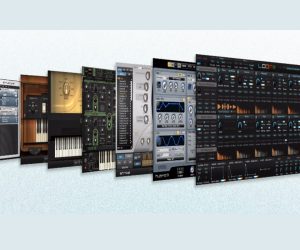
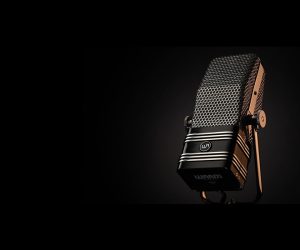
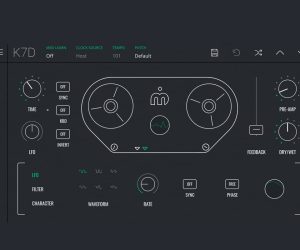



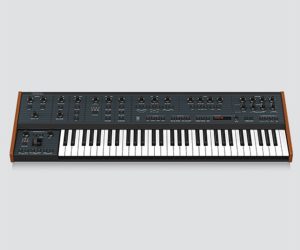

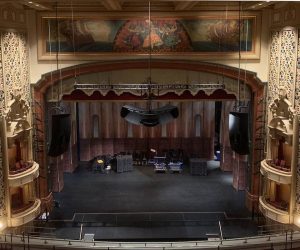
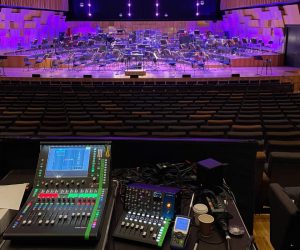


RESPONSES